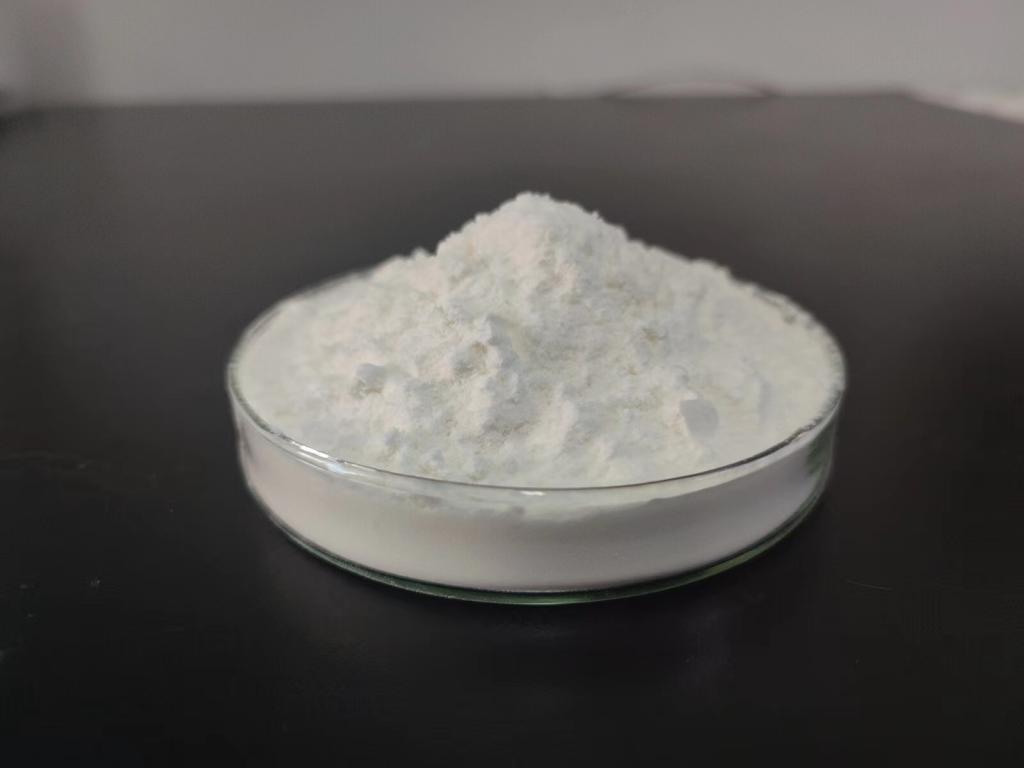Tel:+8618231198596

News
 CONTACT
CONTACT
 CONTACT
CONTACT
- Linkman:Linda Yao
- Tel: +8618231198596
- Email:linda.yao@dcpharma.cn
- Linkman:CHARLES.WANG
- Department:Overseas
- Tel: 0086 0311-85537378 0086 0311-85539701
News
What is the current scientific understanding of ε-Polylysine hydrochloride as a preservative?
TIME:2023-06-02
Introduction:
Preservatives play a vital role in preventing microbial spoilage and extending the shelf life of food products. ε-Polylysine hydrochloride has emerged as a natural alternative to synthetic preservatives. This section highlights the importance of understanding the mode of action of ε-Polylysine hydrochloride and its implications for food preservation.
Antimicrobial Mechanisms:
The antimicrobial activity of ε-Polylysine hydrochloride is central to its preservative efficacy. This section explores the primary antimicrobial mechanisms of ε-Polylysine hydrochloride, including membrane disruption, binding to cell components, and interference with cellular functions. It also discusses the impact of environmental factors on its antimicrobial activity.
Interaction with Microbial Cells:
Understanding the interactions between ε-Polylysine hydrochloride and microbial cells provides insights into its selective antimicrobial effects. This section examines the interactions at the cellular level, including cell surface attachment, penetration, and disruption of intracellular processes. The influence of microbial factors, such as cell structure and physiology, on ε-Polylysine hydrochloride's mode of action is also discussed.
Effects on Cell Membranes:
The integrity of microbial cell membranes is crucial for their survival and growth. This section focuses on the specific effects of ε-Polylysine hydrochloride on cell membranes, including membrane permeabilization, ion leakage, and disruption of membrane-associated functions. The impact of membrane composition and properties on ε-Polylysine hydrochloride's antimicrobial activity is explored.
Interactions with Food Components:
The interactions between ε-Polylysine hydrochloride and food components can affect its antimicrobial efficacy and stability. This section discusses the interactions between ε-Polylysine hydrochloride and various food components, such as proteins, lipids, carbohydrates, and antioxidants. It examines the potential effects on its solubility, stability, and release kinetics.
Potential Secondary Effects:
Apart from its direct antimicrobial activity, ε-Polylysine hydrochloride may have secondary effects on food products. This section investigates potential secondary effects, such as enzymatic inhibition, antioxidant properties, and modulation of sensory attributes. The implications of these secondary effects on food quality and consumer acceptance are discussed.
Impact of Environmental Factors:
The effectiveness of ε-Polylysine hydrochloride as a preservative can be influenced by environmental factors. This section explores the impact of pH, temperature, water activity, and other environmental parameters on its antimicrobial activity and stability. The understanding of these factors is crucial for optimizing the application of ε-Polylysine hydrochloride in different food matrices.
Synergistic Effects with Other Preservatives:
Combining preservatives can lead to synergistic effects, enhancing their overall antimicrobial efficacy. This section discusses the potential synergistic interactions between ε-Polylysine hydrochloride and other natural or synthetic preservatives. It examines the mechanisms behind these synergies and their implications for food preservation.
Future Perspectives:
Further research is needed to deepen our understanding of the mode of action of ε-Polylysine hydrochloride. This section highlights future research directions, including studies on the molecular interactions, genomics-based approaches, and advanced imaging techniques. It also emphasizes the importance of considering potential cross-resistance and evaluating the long-term effects of ε-Polylysine hydrochloride as a preservative.
Conclusion:
The mode of action of ε-Polylysine hydrochloride as a preservative encompasses its antimicrobial mechanisms, interactions with microbial cells and food components, and potential secondary effects. The current scientific understanding provides a foundation for optimizing its application in food preservation. However, further research and technological advancements are necessary to fully elucidate its mode of action and harness its potential as a natural preservative.
- Tel:+8618231198596
- Whatsapp:18231198596
- Chat With Skype







